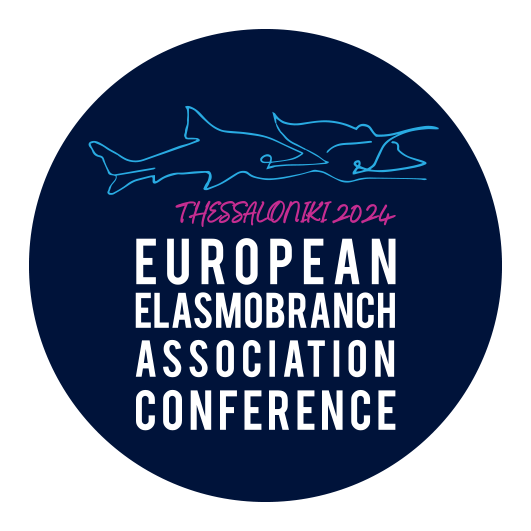Raja radula is among the few elasmobranch species that is considered endemic in the Mediterranean Sea. Although the species is listed as “Endangered” in IUCN's Red List of Threatened Species, there are only sporadic studies on its ecology and biology, mostly deriving from western and central Mediterranean.
Albeit the species is not targeted, it constitutes a valuable bycatch and according to the latest assessment of its population the species have suffered an estimated decline of 58% for the periods 1995–2000 and 2003–06, an inferred decline of 79% for 2007–15 and a projected decline of 89% for the period 2016–23 in the Aegean Sea. This dramatic decline shows the urgent need for preserving this endemic species and therefore increasing the knowledge on its ecology and biology throughout its range.
The Thracean Sea is an Important Shark and Ray Area (ISRA) for Raja radula, under criterion “Range Restricted” and “Reproductive Area”. iSea, has worked in the region for two consecutive years in the context of By ElasmoCatch recording mixed-sex aggregations of mature R. radula in bottom trawl surveys. While juveniles, gravid and post-natal females were observed in small scale fisheries in Kavala. This preliminary information suggest that the area is very important for the species, however reproductive aggregations and nursery is yet to be confirmed.
This project aims to investigate the species presence in the area in relation to life-history characteristics and the impact of fisheries to its local population. This will be achieved through:


The results of the project will help to inform management measures to reduce the impact of bycatch for the endemic and Endangered Rough Skate in the Thracean Sea, Greece.
The project “Protecting the Endangered Rough Skate Raja radula in the Thracean Sea” is implemented by iSea in collaboration with the University of Padova and funded by Save Our Seas Foundation.
Collaborator:


